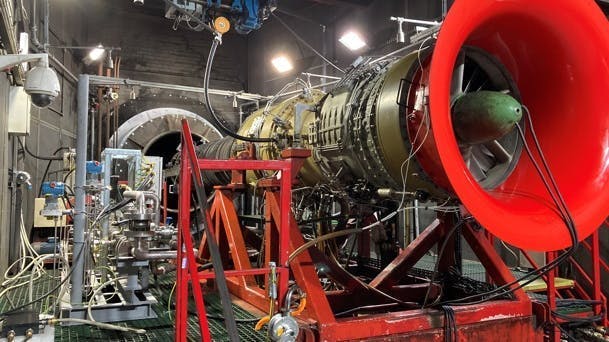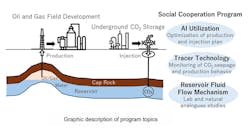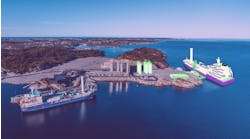Opinion: Navigating beyond data insights to decipher a multifaceted offshore decarbonization destiny
By Niki Chambers, Net Zero Technology Centre
Crafting a strategy without insights and foresight is like driving without a map or GPS to somewhere you’ve never been; you're essentially traveling blind, vulnerable to unexpected obstacles or detours. Just as a GPS provides real-time updates and the best routes, incorporating insights equips you with clarity and foresight to anticipate what’s on the horizon, commit to the right project or technology, make the right investment decisions, and reach your decarbonization or diversification destination safely, even amid uncertainty.
Businesses that incorporate comprehensive insights into decision-making processes often experience significant revenue growth compared to their competitors. Studies suggest that these companies are more likely to identify new market opportunities, optimize pricing strategies and enhance customer satisfaction, leading to revenue increases ranging from 5% to 20% or more.
A strategic approach anchored in actionable insights
Oil and gas companies stand at a crossroads, facing the challenge of meeting energy demands while mitigating offshore carbon emissions and pursuing alternative energy sources. The pathway to sustainable transformation lies in harnessing the potential of insightful decision-making in the development and adoption of new energy technologies and technologies to decarbonize existing offshore assets.
At Net Zero Technology Centre (NZTC), we’re seeing organizations looking to the future, but they’re not clear on which route to take, or whether to commit to projects or invest in solutions. The litany of emerging technologies can be overwhelming, from technologies to reduce methane emissions, to alternative fuels for power generation, to electrification technologies.
The journey toward decarbonizing offshore operations and technology integration demands careful consideration of risks, opportunities and market dynamics.
Effective decarbonization strategies hinge on marrying ambition with pragmatism. The focus on challenges such as flaring, venting and fugitive emissions requires scanning the horizon to shape decisions. By leveraging comprehensive data analytics, information sources, market trends, and environmental assessments, companies can navigate complexities with clarity.
Not all insight is equal
Keeping pace with rapidly developing technologies is key to avoiding outdated solutions and capitalizing on emerging opportunities. However, companies are often faced with inadequate information due to a lack of the necessary tools, resources or expertise to analyze findings effectively, leading to incomplete or inaccurate insights.
While we’ve established that insights are valuable, their impact ultimately depends on effective implementation and achieving tangible results. To determine the parameters of insight gathering, the process must start with identifying the objective and goals (e.g., moving into a new market or investing in a particular technology).
For the best insights, companies must look beyond just data analytics. A comprehensive scan of the horizon should assess the current landscape, including market trends, competitor activities, regulatory changes and emerging technologies.
Another crucial element of good insight analysis is interpreting the information against the agreed goals and developing multiple scenarios or alternative futures based on different assumptions and projections. This enables organizations to anticipate and prepare for various potential outcomes, reducing the impact of uncertainty and increasing resilience in the face of change.
For example, NZTC was recently able to provide comprehensive insights to a client looking to understand their options for zero emissions power technologies, for application to their offshore asset. From detailed insights, we could establish that by 2026 retrofit conversion packages for e-methanol will be available for use in their offshore gas turbines, by 2025 the use of biofuels as an alternative fuel will become widespread in the UKCS, and by 2030 gas turbines running on 100% hydrogen will be commonplace in the UKCS.
The in-depth analysis considered what was probable, plausible, possible and highly unlikely by certain dates.
As already touched on, the technology landscape is continuously evolving. This emphasizes the need for regularity and the establishment of mechanisms for ongoing monitoring and evaluation to track progress against strategic objectives.
The journey toward offshore decarbonization is multifaceted. While none of us have a crystal ball, the combination of insights, foresight techniques and strategic thinking can help organizations gain a competitive edge and better position them to capitalize on emerging opportunities.
About the author: Niki Chambers is head of technology services with the Net Zero Technology Centre.
04.10.2024




